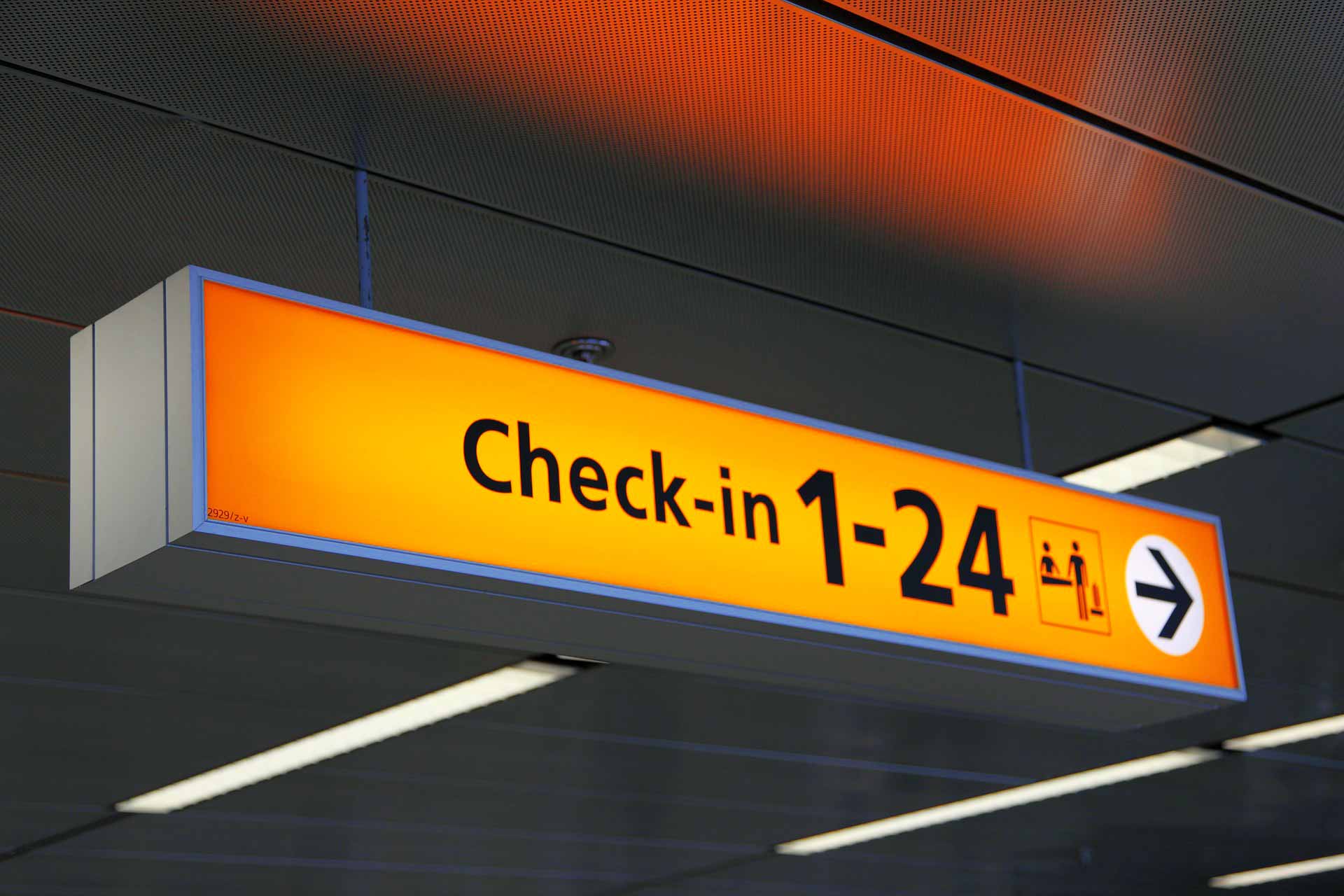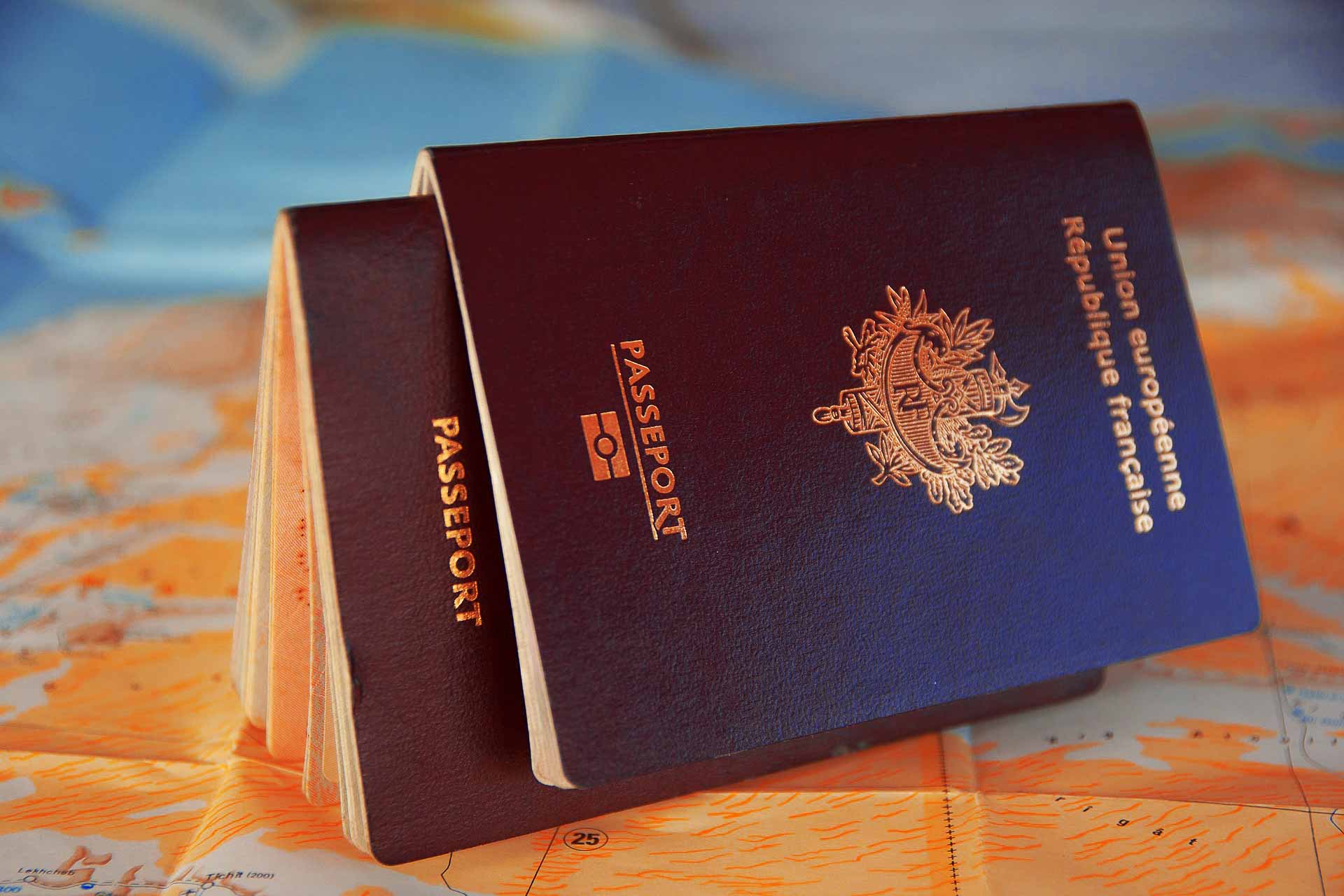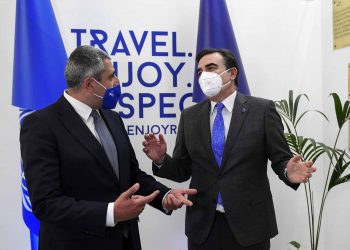Around a third of 217 world travel destinations surveyed remain completely closed to international tourists, as concerns grow over the impact of new coronavirus variants, and some governments reverse efforts to ease restrictions, according to a new report released by the UN World Tourism Organization (UNWTO) on Monday.
Among the destinations now off limits, more than half of them have been inaccessible to overseas travelers since 27 April last year. Moreover, most of the former tourist draws affected, are in Asia, the Pacific and Europe, according to the UNWTO Travel Restrictions Report. On the other side of the coin, more than a third of global tourism destinations are now partially open to international visitors, with Albania, Costa Rica, Dominican Republic, North Macedonia and Tanzania, lifting all COVID-19 related travel restrictions.
‘Safe and responsible’
Noting that travel restrictions have been widely used to restrict the spread of the virus, Zurab Polilikashvili, UNWTO Secretary-General, stressed that “as we work to restart tourism, we must recognise that restrictions are just one part of the solution.”
He further underscored that travel restrictions must be based on the latest data and analysis, and consistently reviewed “so as to allow for the safe and responsible restart of a sector upon which many millions of businesses and jobs depend.”
Tough times for tourism, but UN travel organization predicts holiday traffic will return
Testing and quarantine arriving at travel destinations

The report shows a growing trend in international destinations “adopting a more nuanced, evidence and risk-based approach” to coronavirus linked travel restrictions, said the UN agency in its news release on the report.
More countries are requiring tourists to present a negative Polymerase Chain Reaction (PCR) or COVID-19 antigen test for entry, as well as providing contact details for tracing purposes. Just over 30 per cent of all worldwide destinations have made presenting negative test results their main requirement for entry, which the same proportion are making tests a secondary or tertiary measure.
So far 70 world destinations have adopted such an approach, with additional quarantine requirements. Around a third of these destinations are Small Island Developing States (SIDS) in the Americas.
Remaining cautious
According to UNWTO, many governments have advised their citizens to avoid non-essential travel abroad, including governments of the top ten destinations who have adopted that policy, which received 44% of all international tourists worldwide, according to figures from March 2018. How they review policies in the light of the pandemic, will play a critical role in restarting and restoring global tourist flows in the months ahead, said the report.

Tightened Travel Restrictions Underline Current Challenges for Tourism
The UNWTO Travel Restrictions Report provides a comprehensive overview of the regulations in place in 217 destinations worldwide. While previous editions had shown a movement towards easing or lifting restrictions on travel, the latest report shows that the persistent seriousness of the epidemiological situation has caused governments to adopt a more cautious approach.
As of the beginning of February, 32% of all destinations worldwide (69 in total) are completely closed for international tourism. Of these, around just over half (38 destinations) have been closed for at least 40 weeks. At the same time, 34% of worldwide destinations are now partially closed to international tourists.
UNWTO Secretary-General Zurab Polilikashvili says: “Travel restrictions have been widely used to restrict the spread of the virus. Now, as we work to restart tourism, we must recognise that restrictions are just one part of the solution. Their use must be based on the latest data and analysis and consistently reviewed so as to allow for the safe and responsible restart of a sector upon which many millions of businesses and jobs depend.”

Regional variations clear on travel destinations
The ninth edition of the UNWTO Travel Restrictions Report shows that regional differences with regards to travel restrictions remain. The 69 destinations are all around the world. 30 destinations are in Asia and the Pacific, 15 are in Europe, 11 are in Africa, 10 are in the Americas and three are in the Middle East.
At the same time, the UNWTO research also indicates a trend towards adopting a more nuanced, evidence and risk-based approach to implementing travel restrictions. Growing numbers of destinations worldwide now require international tourists to present a negative PCR or antigen test upon arrival and also provide contact details for tracing purposes. Indeed, 32% of all worldwide destinations now have the presentation of such tests as their main requirement for international arrivals often combined with quarantine, while the same amount have made tests a secondary or tertiary measure.

Top tourism markets remain cautious
As UNWTO leads the restart of tourism, the Travel Restrictions Report also notes how different governments are issuing advice to their own citizens. Analysis of the top ten tourism source markets currently advising against non-essential travel abroad found they generated 44% of all international arrivals in 2018. UNWTO notes that advice issued by governments will play a crucial role in the restart and recovery of tourism in the weeks and months ahead.















